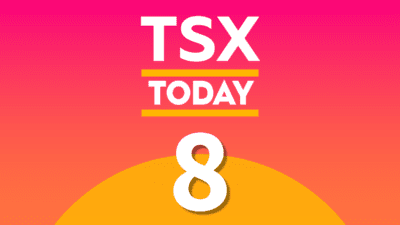Financial services company goeasy (TSX:GSY) has quietly grown into one of the largest consumer lenders in the country. While it may be far from a household name, the brand is certainly popular with savvy investors who’ve tracked or invested in it over the past decade.
The stock is up 251% over the past five years and a 106% over the past one year. It’s been one of the fastest-growing companies on the stock exchange this year, and plenty of investors seem convinced there’s no slowing it down anytime soon.
However, I’m not so sure. I think of goeasy as the riskiest company in one of the frothiest markets in the world: Canadian credit. Here’s a closer look at goeasy’s underlying risks and why I believe this stock’s stellar growth run is heading for a brick wall.
All about leverage
Warren Buffett’s business partner Charlie Munger once said, “There are only three ways a smart person can go broke: liquor, ladies, and leverage.” I happen to believe leverage is far more dangerous than the other two.
And when it comes to leverage, Canada is far ahead of the league of indebted nations. Our ratio of household debt to gross domestic product crossed 101% this year. That’s higher than any other developed or developing country in the Organization for Economic Cooperation and Development (OECD).
Unsurprisingly, much of that debt is mortgages. In other words, Canadians have borrowed more than the entire nation’s economic output to buy houses they can barely afford. A correction in house prices will have a severe impact on the nation’s economy.
Subprime leverage is even worse
At the forefront of this debt binge is goeasy. The company provides easy-installment consumer loans to subprime borrowers, such as people with less-than-ideal credit histories, recent immigrants, or self-employed individuals with unstable incomes.
This makes goeasy’s loan portfolio, which recently crossed $1 billion, far riskier than that of major banks. The default rate on these loans has been creeping up since 2014 and currently stands at 4%. Consumers are likely to default on credit lines and consumer loans before they consider defaulting on their mortgages.
Now, management may argue that their average customer holds less debt than the average Canadian and one-third of their portfolio eventually graduates to “prime borrower” status. The company’s fundamentals have also been steadily improving since 2001: net income has expanded at an annual rate of 29% since 2001.
However, Canada hasn’t had a credit cycle since 2001. Households have been steadily accumulating debt over the past few decades.
An end to this decades-long credit cycle could mean default rates on subprime loan books rise, which could have a drastic impact on goeasy’s bottom line. The stock is even more sensitive to investor perceptions. It lost 60% of its value during 2008, even though Canada’s economy didn’t suffer a recession as severe as the American one during that period.
Bottom line
If the credit cycle reverts to the mean or if the Canadian economy dips into recession, I believe goeasy shareholders could be one of the first to experience capital losses.








